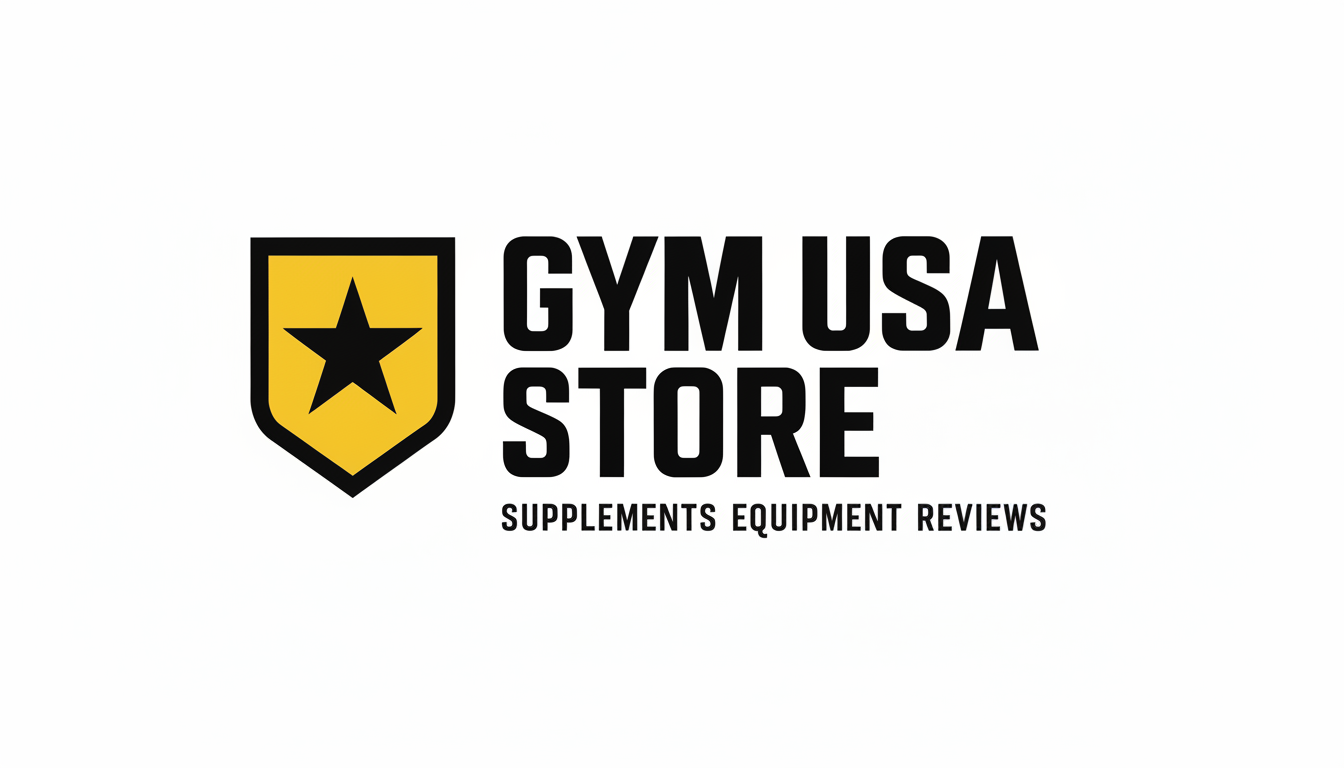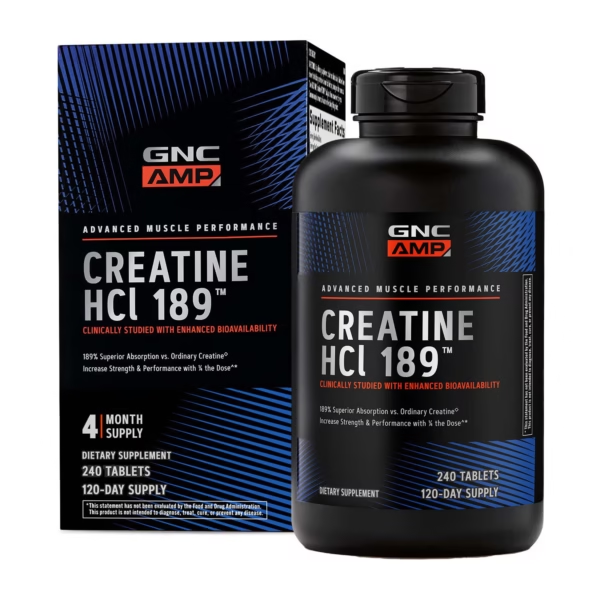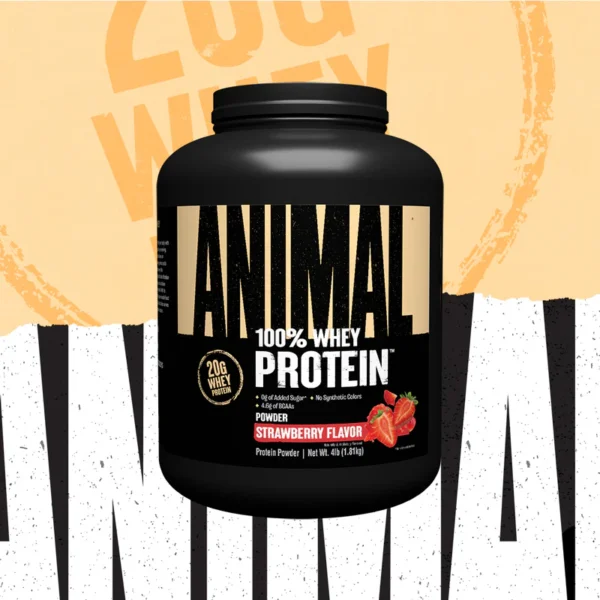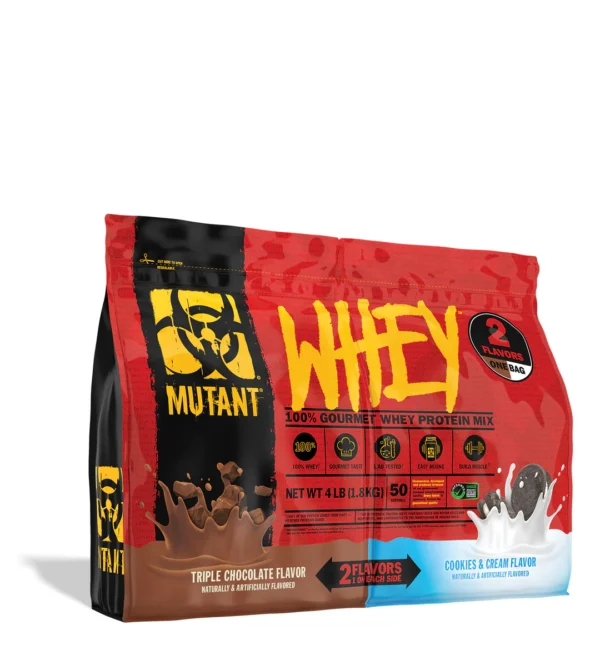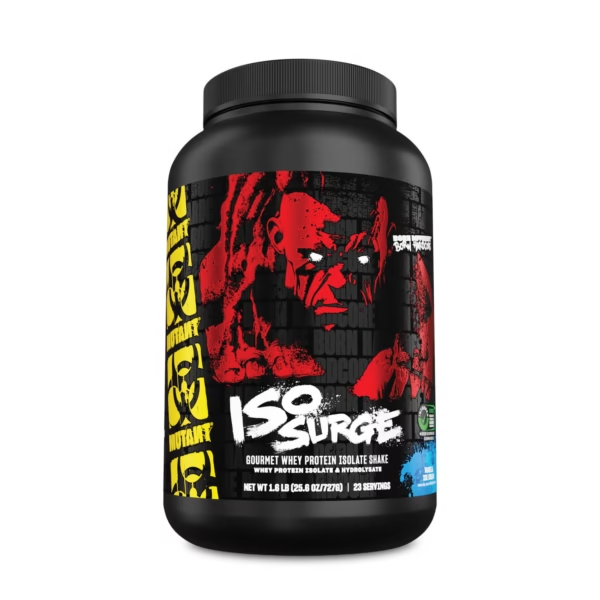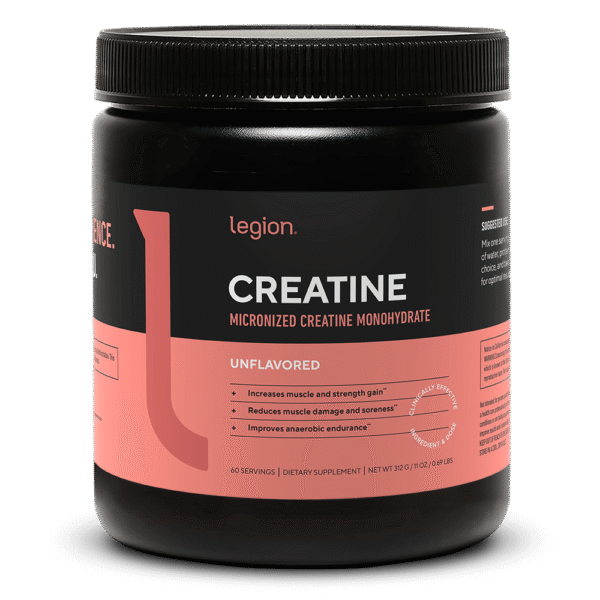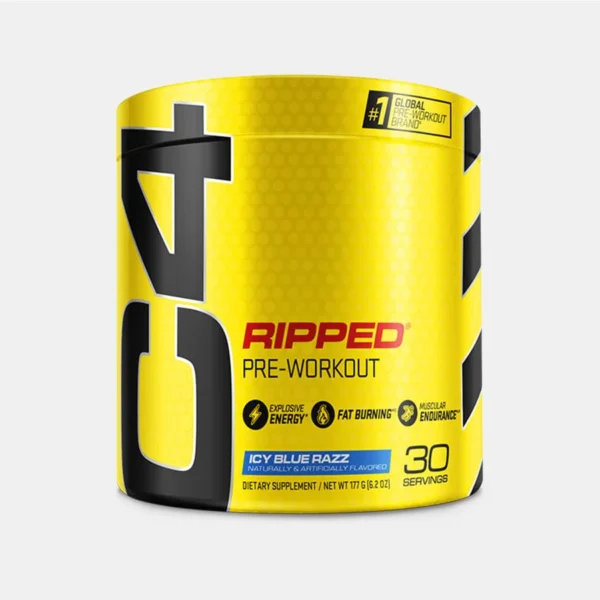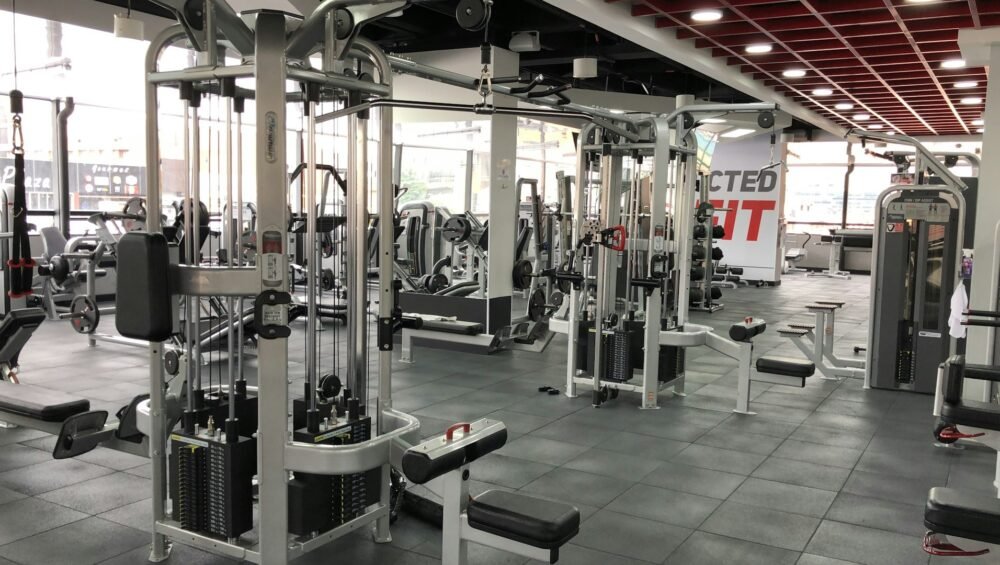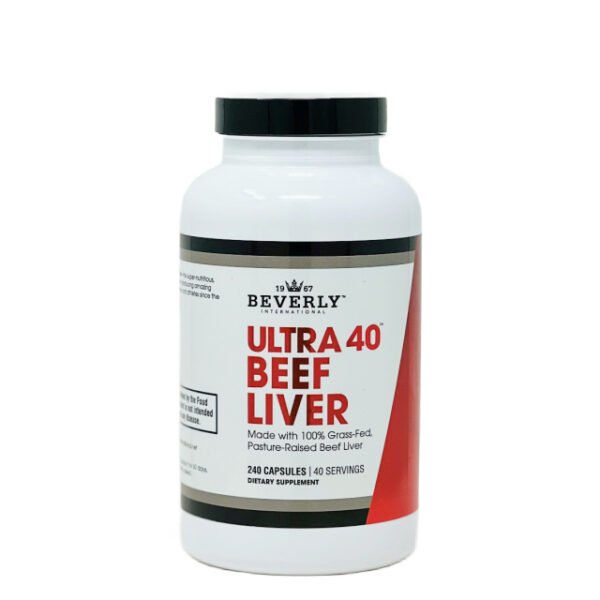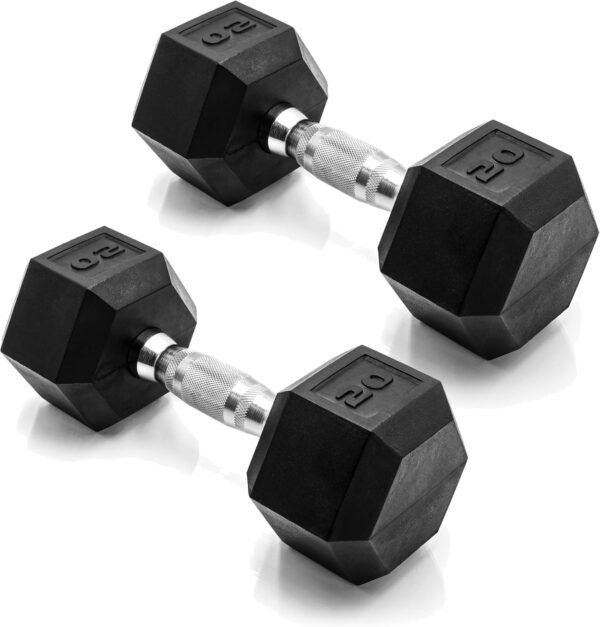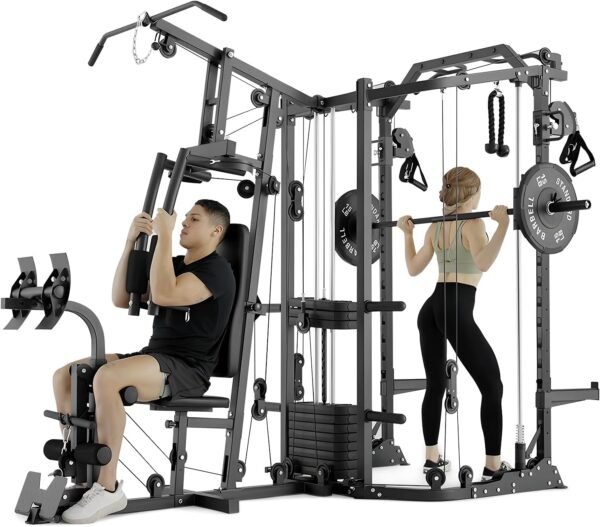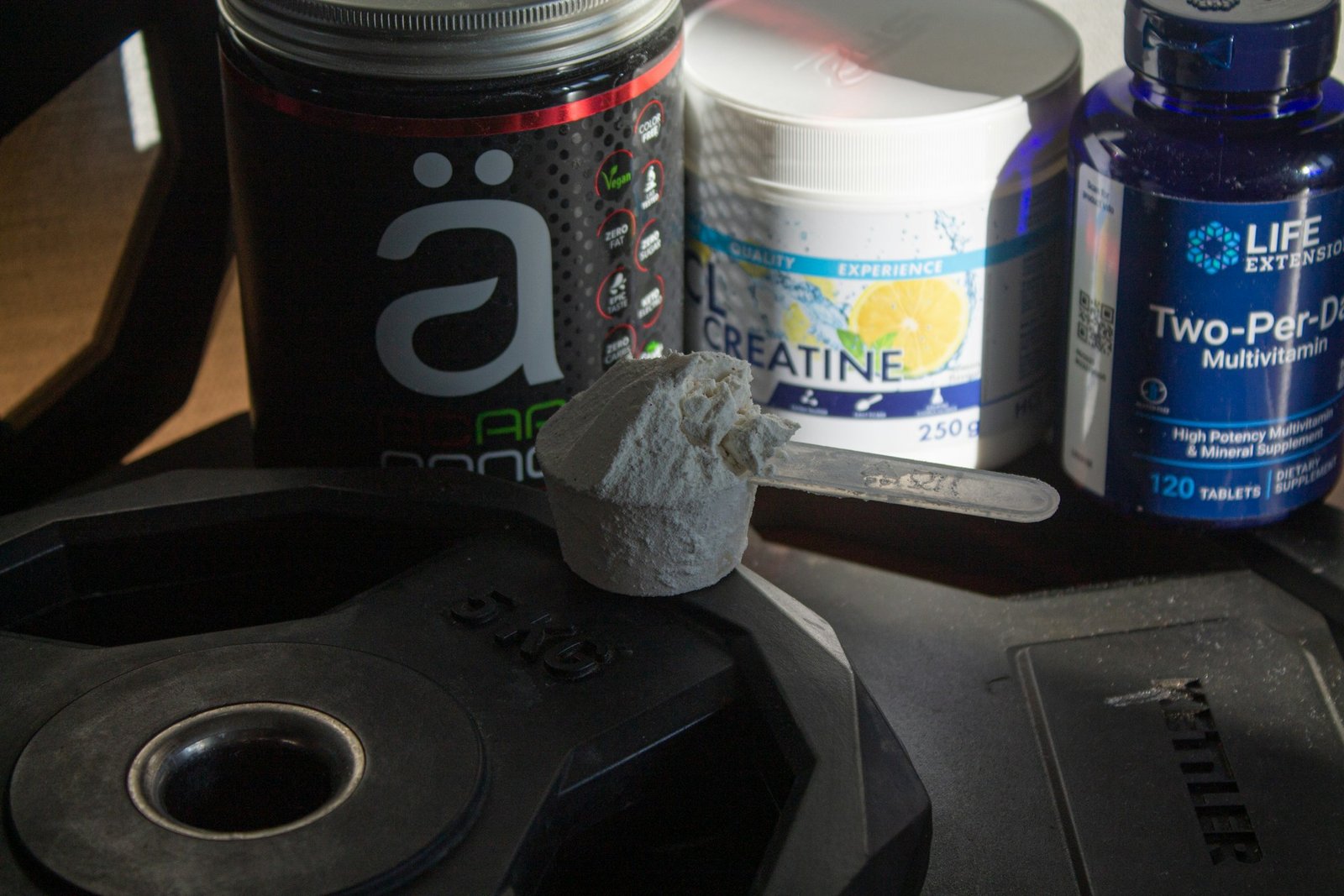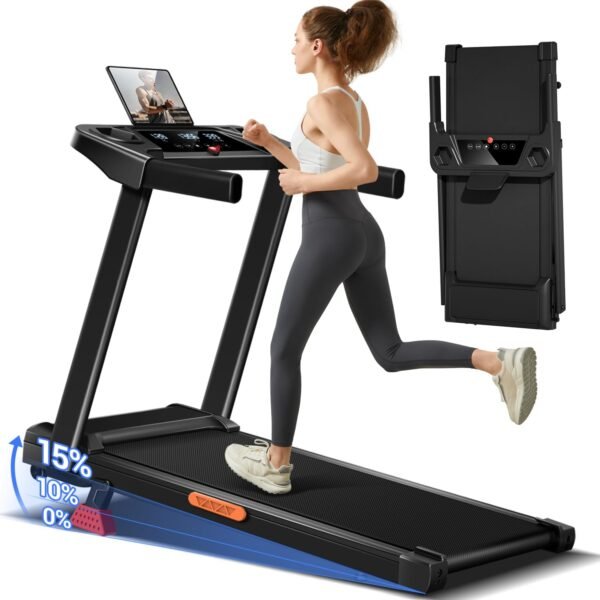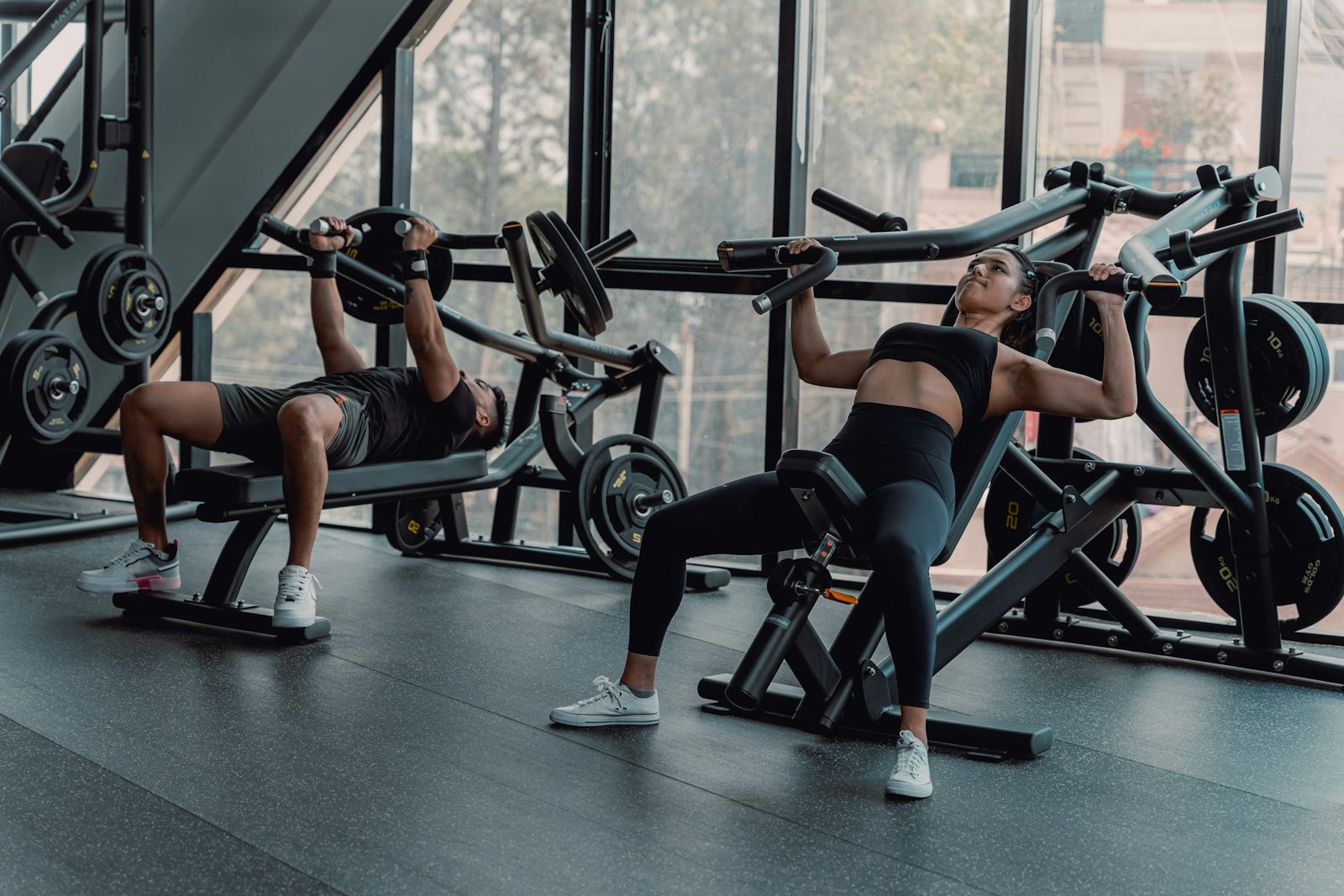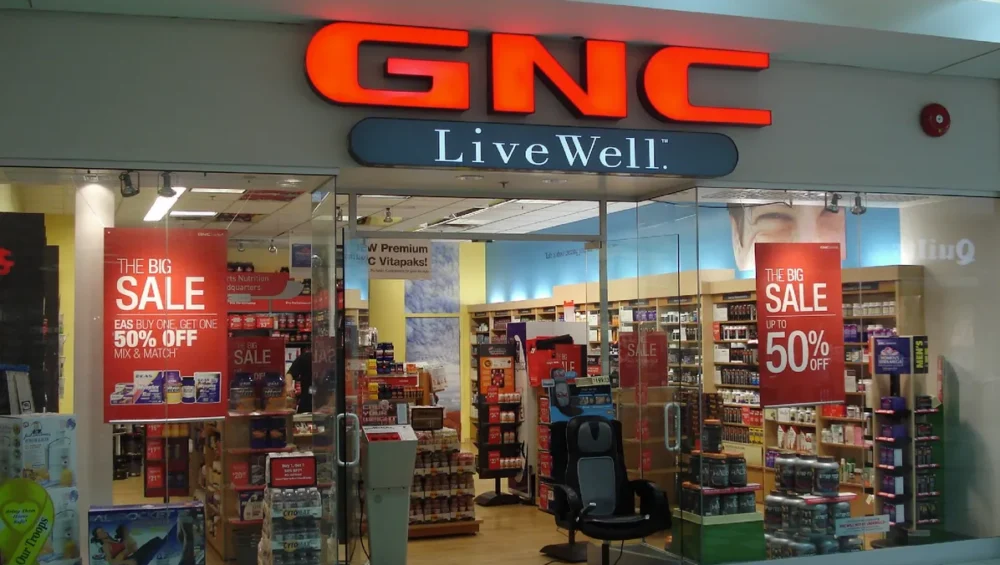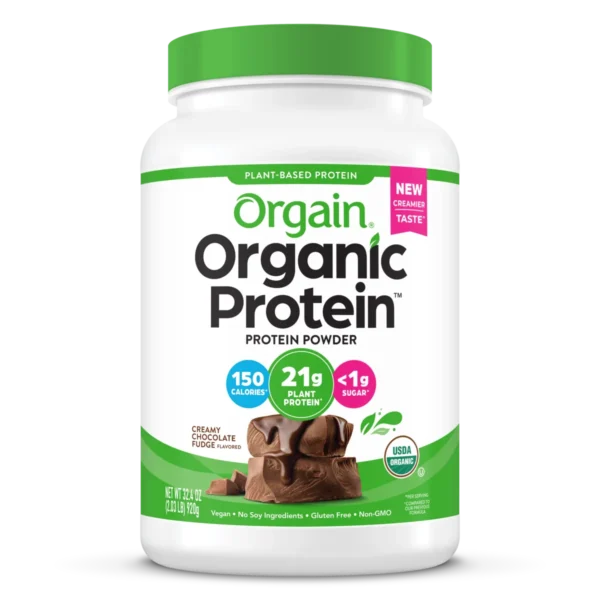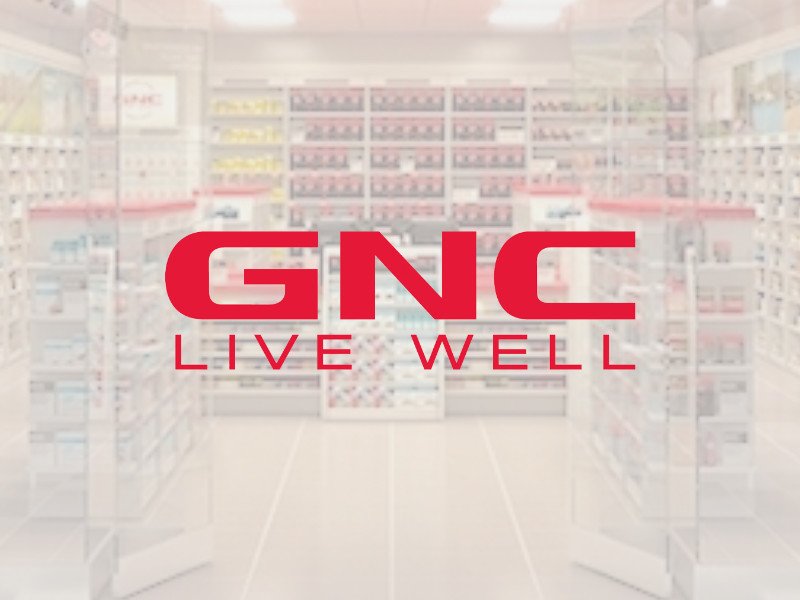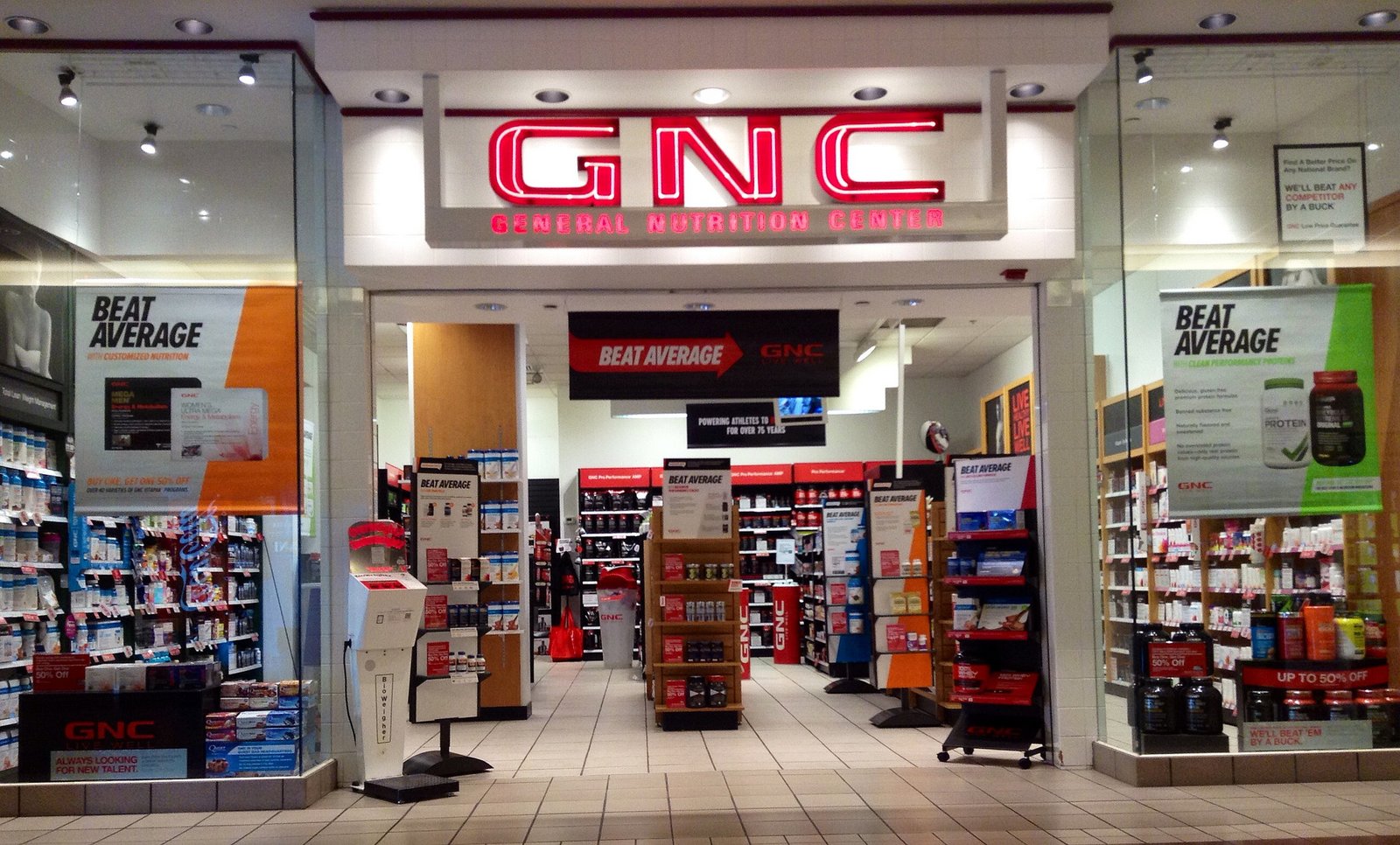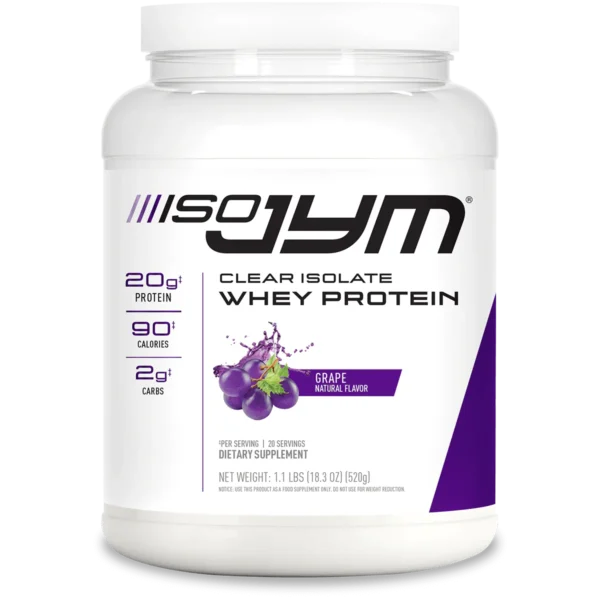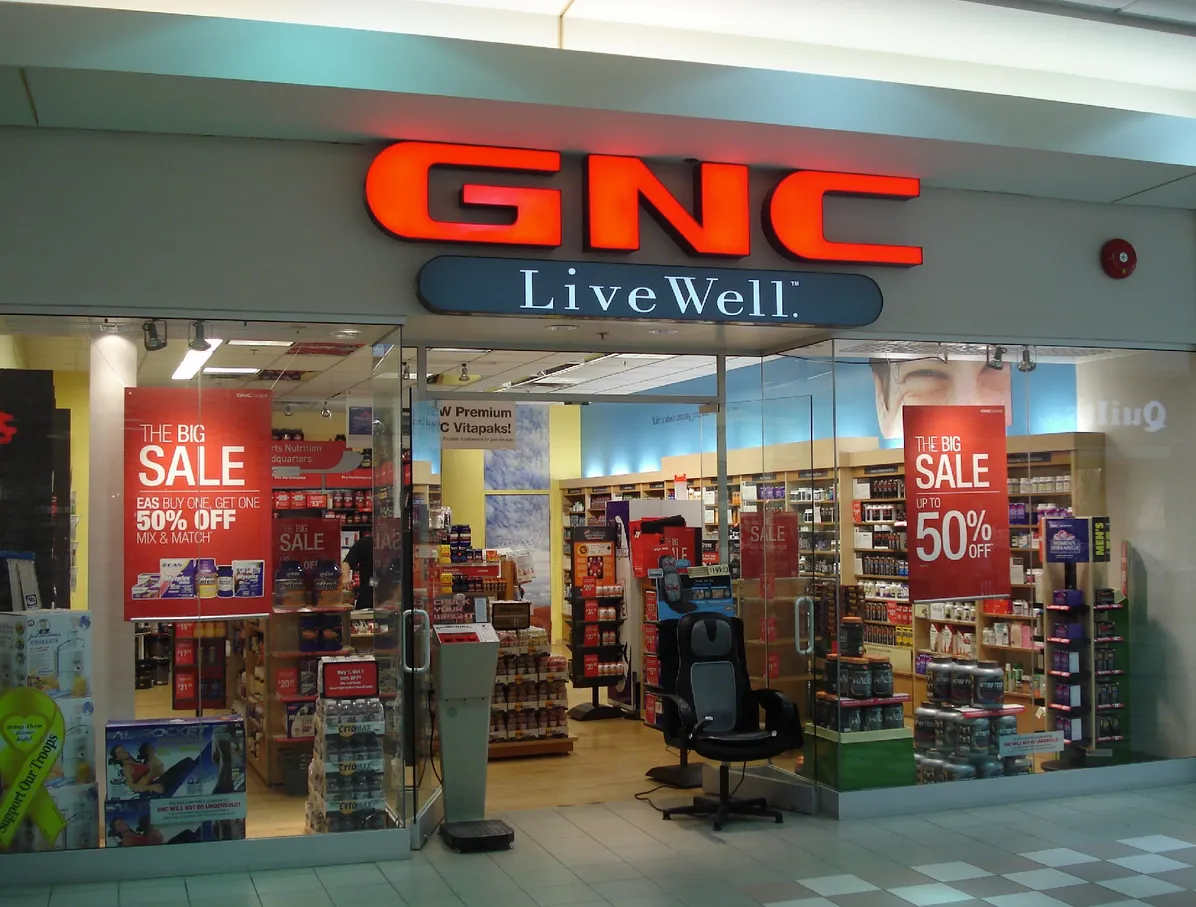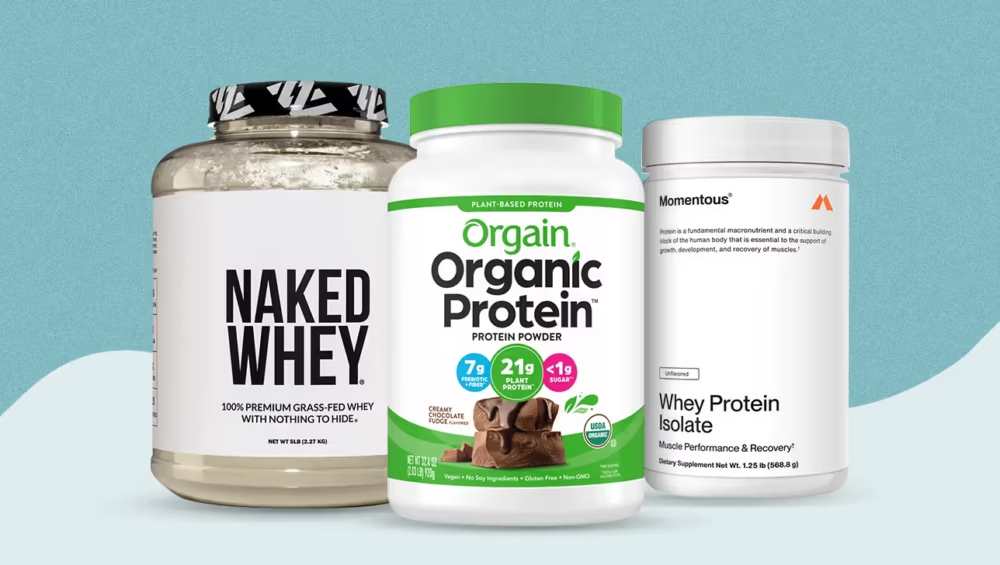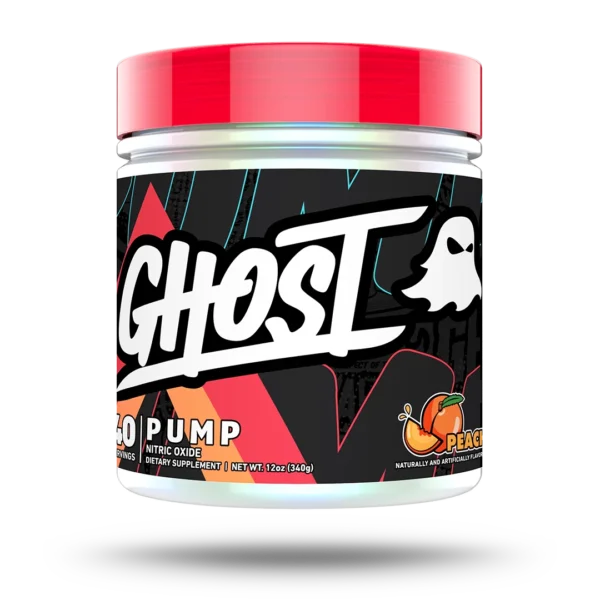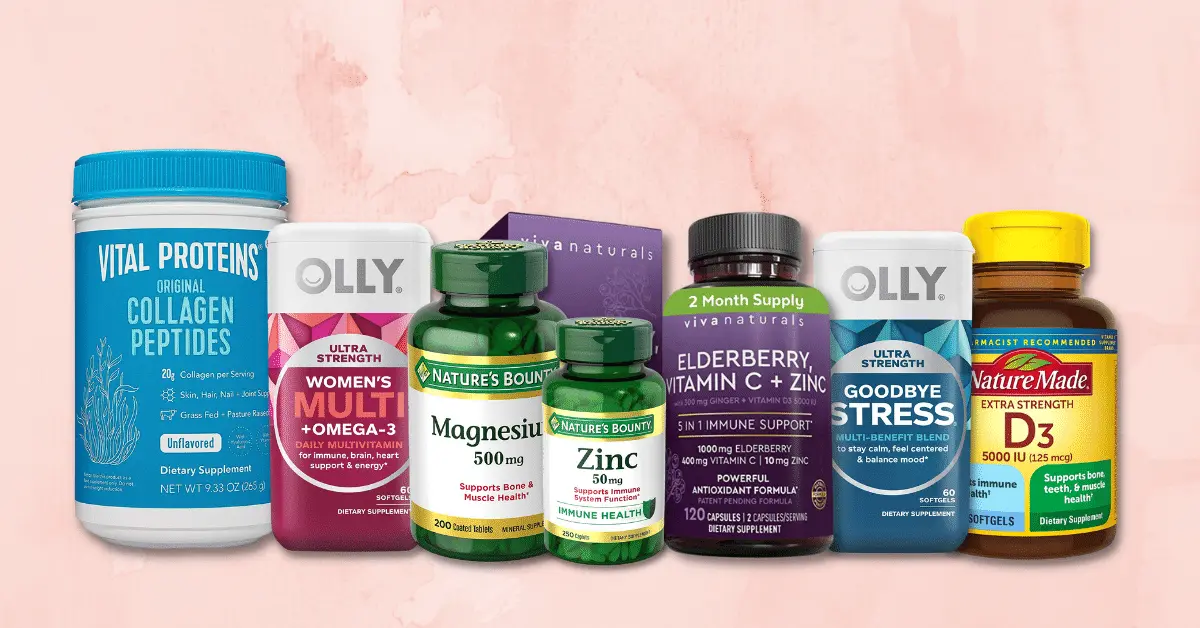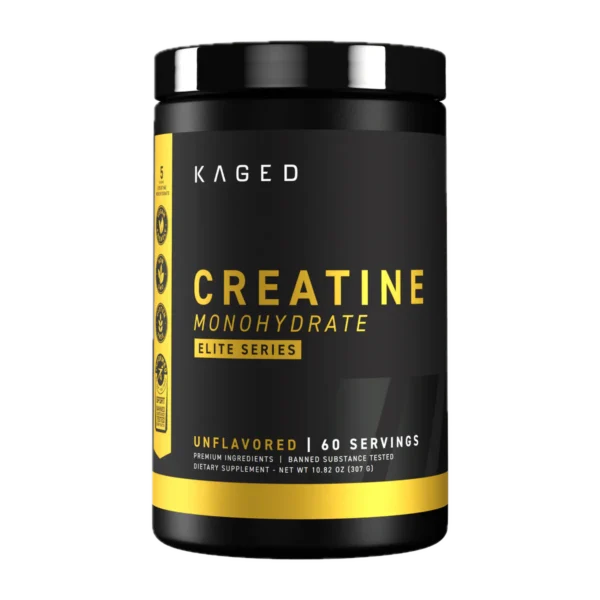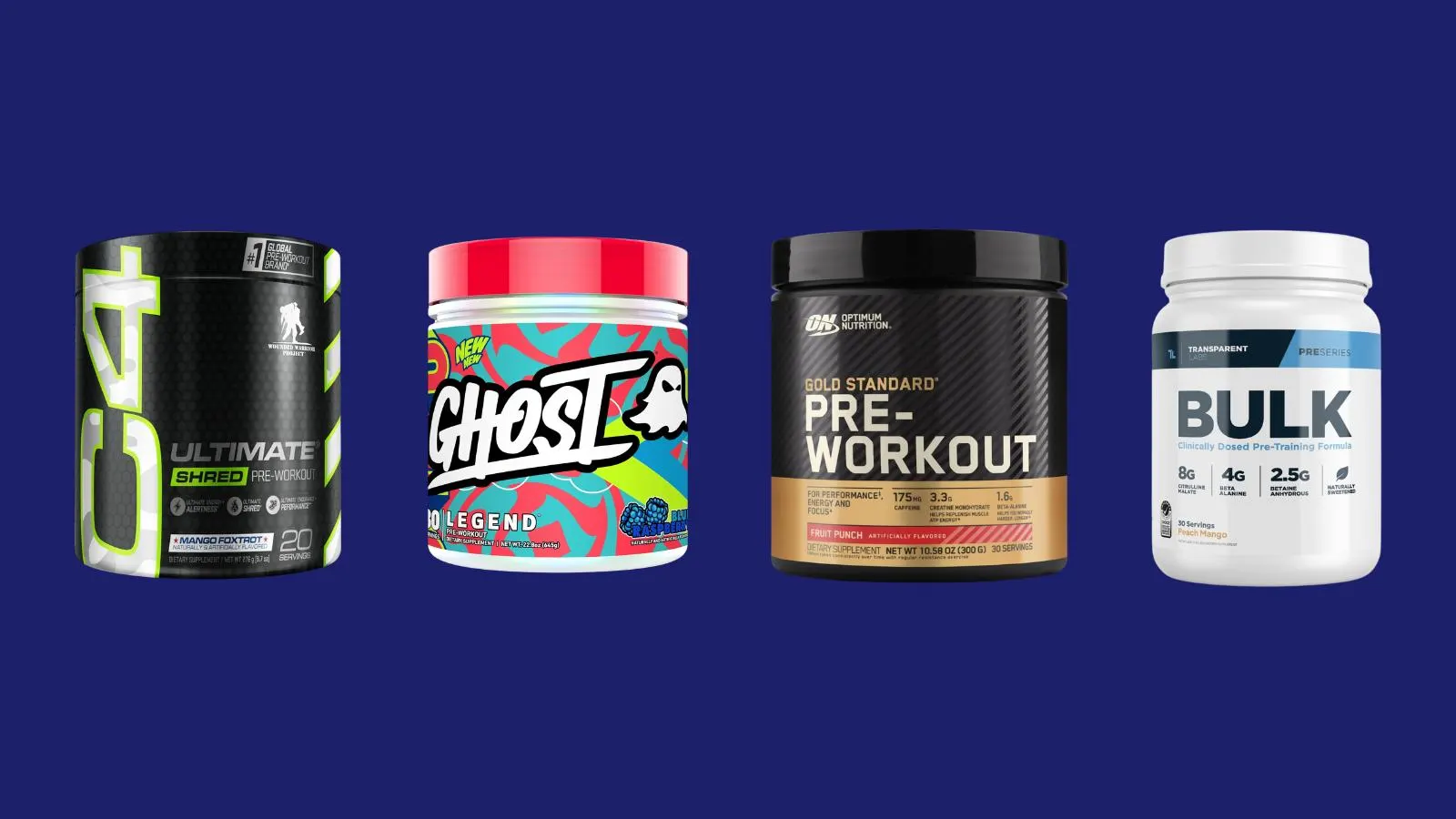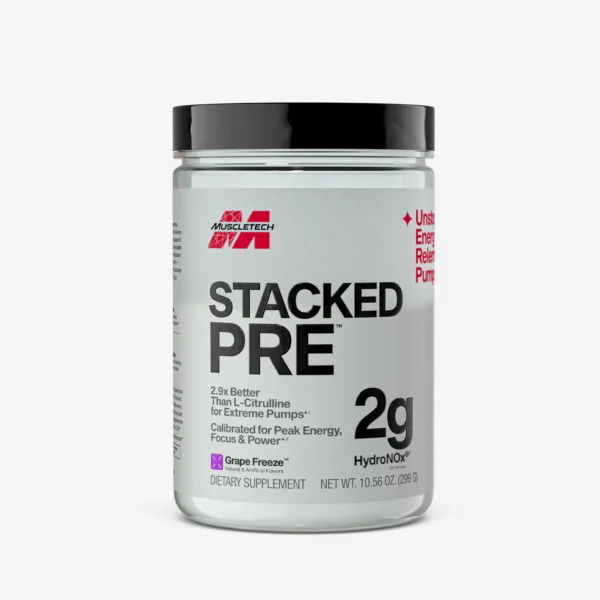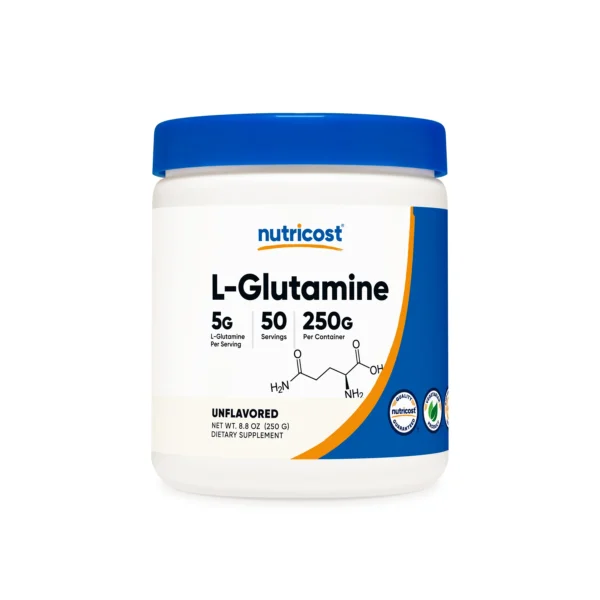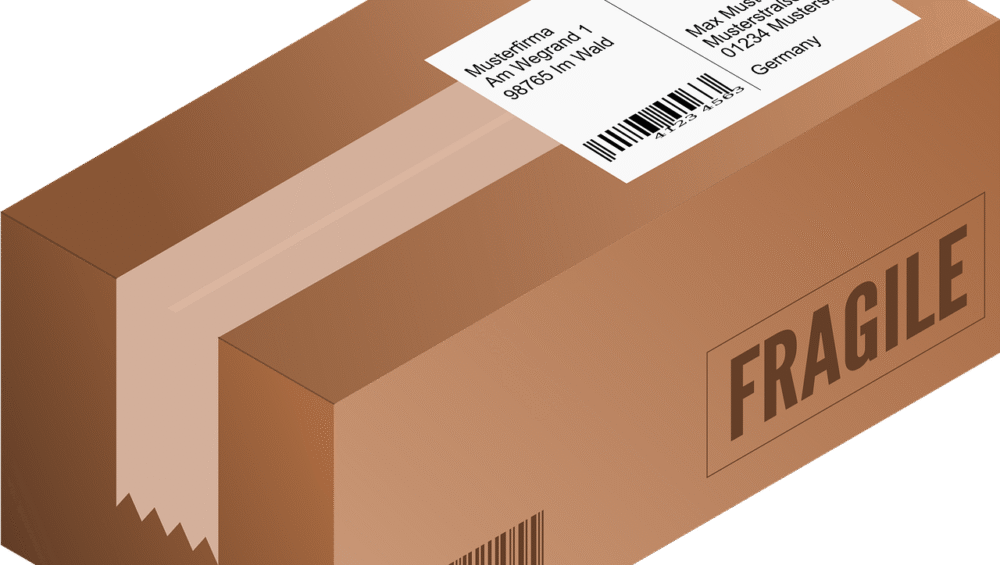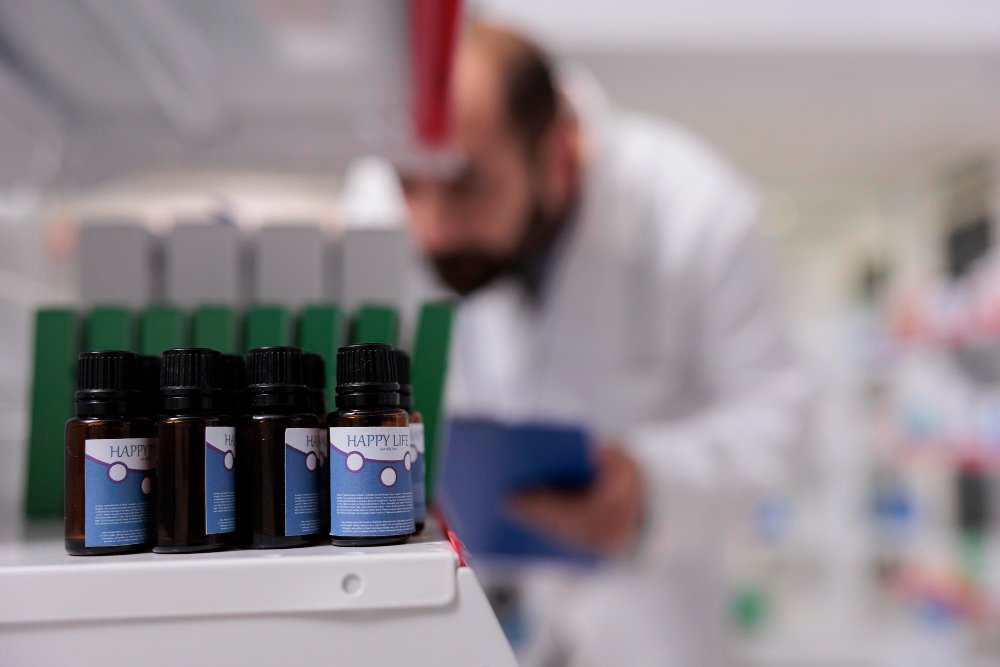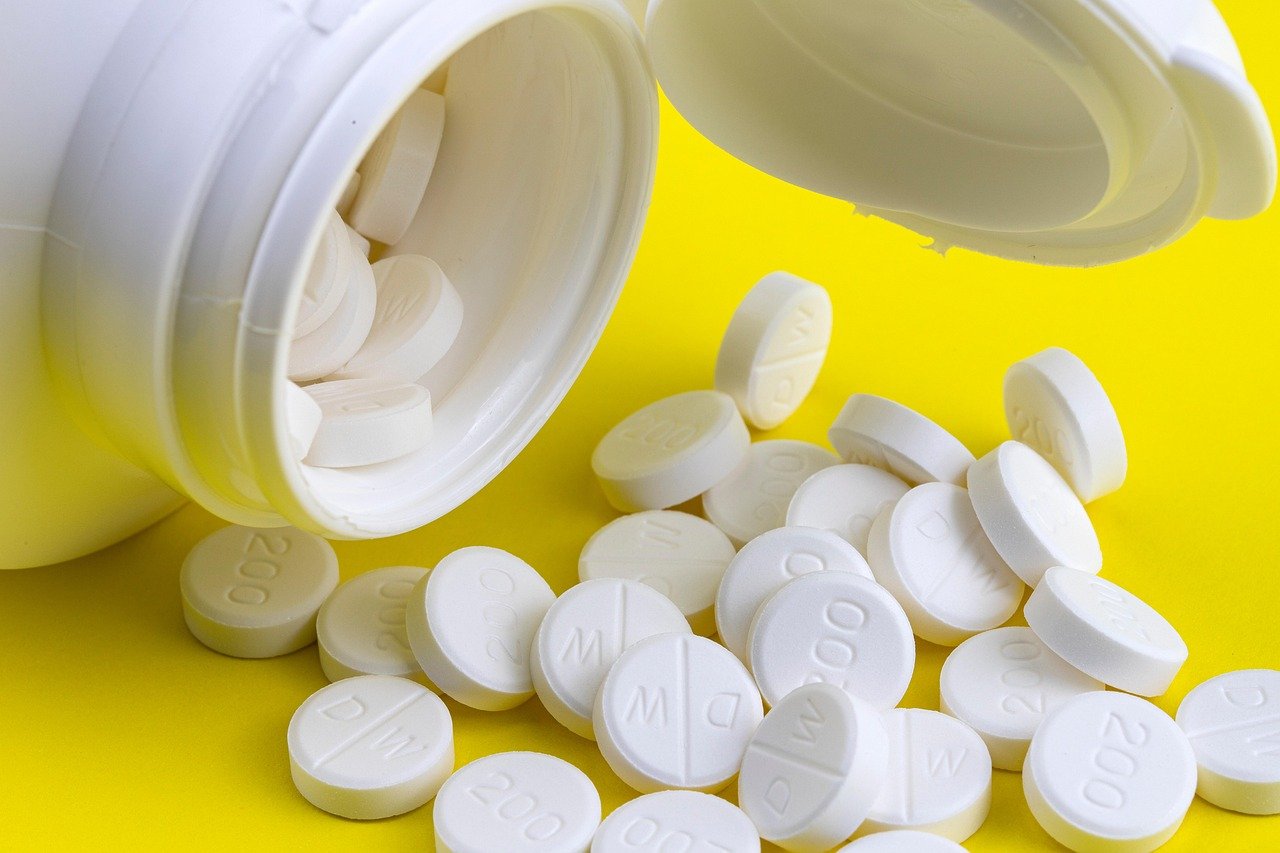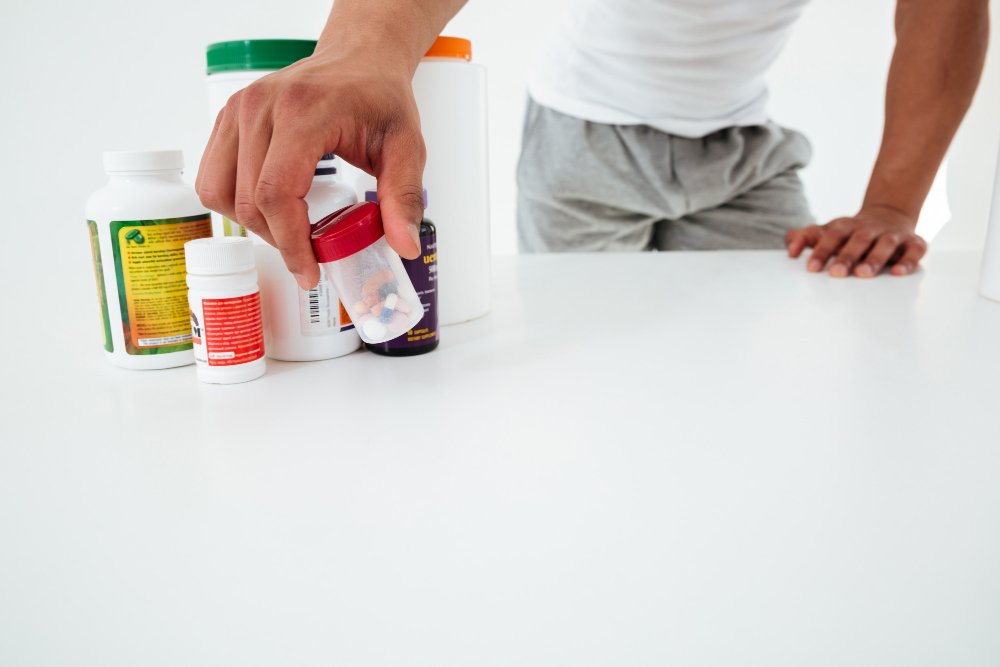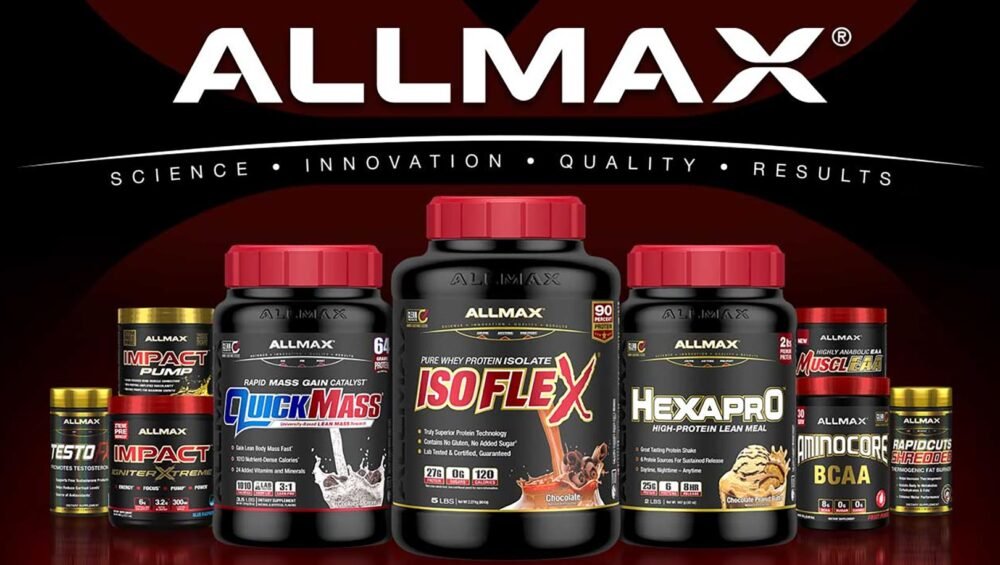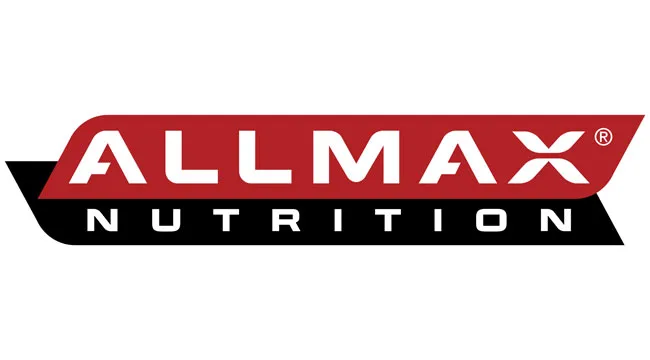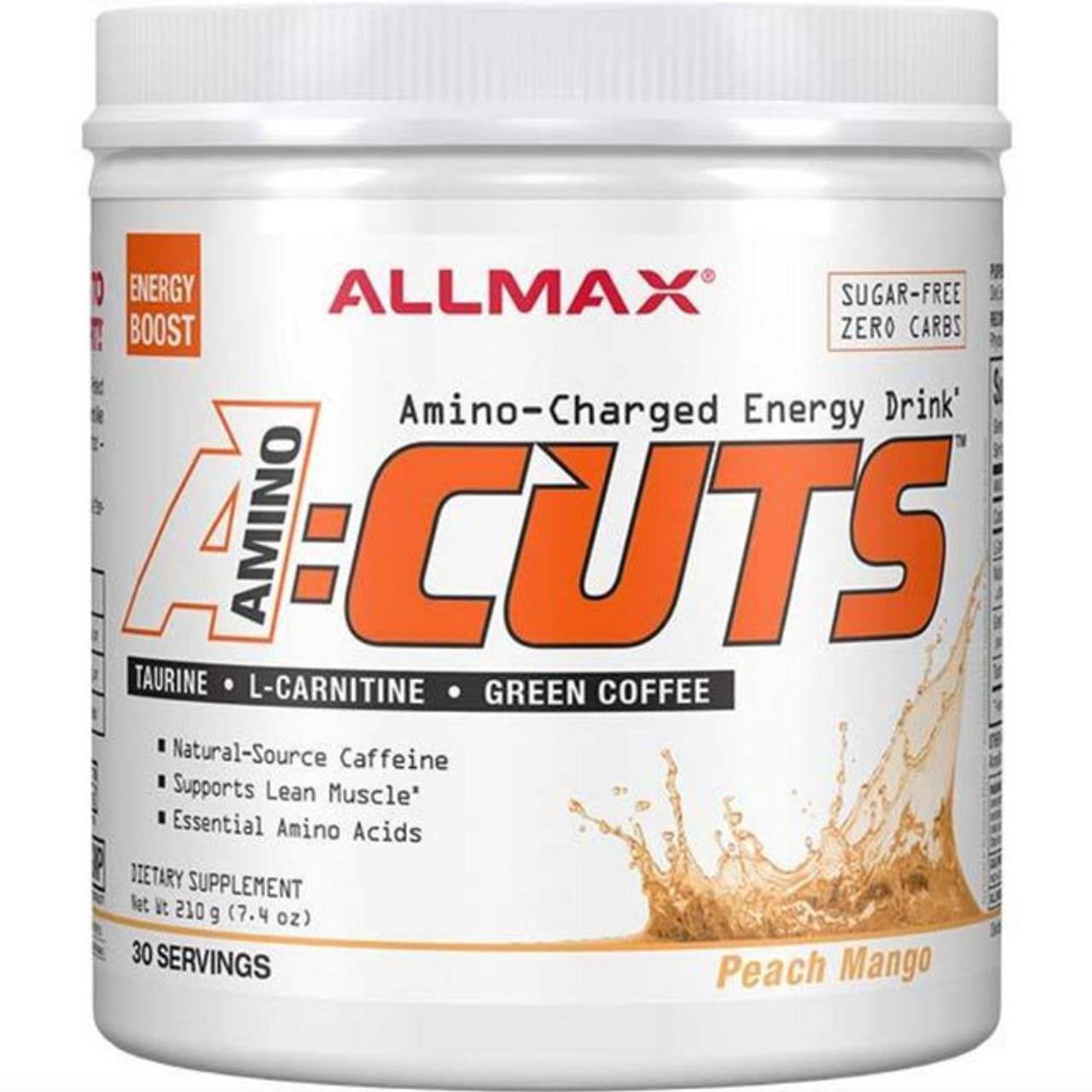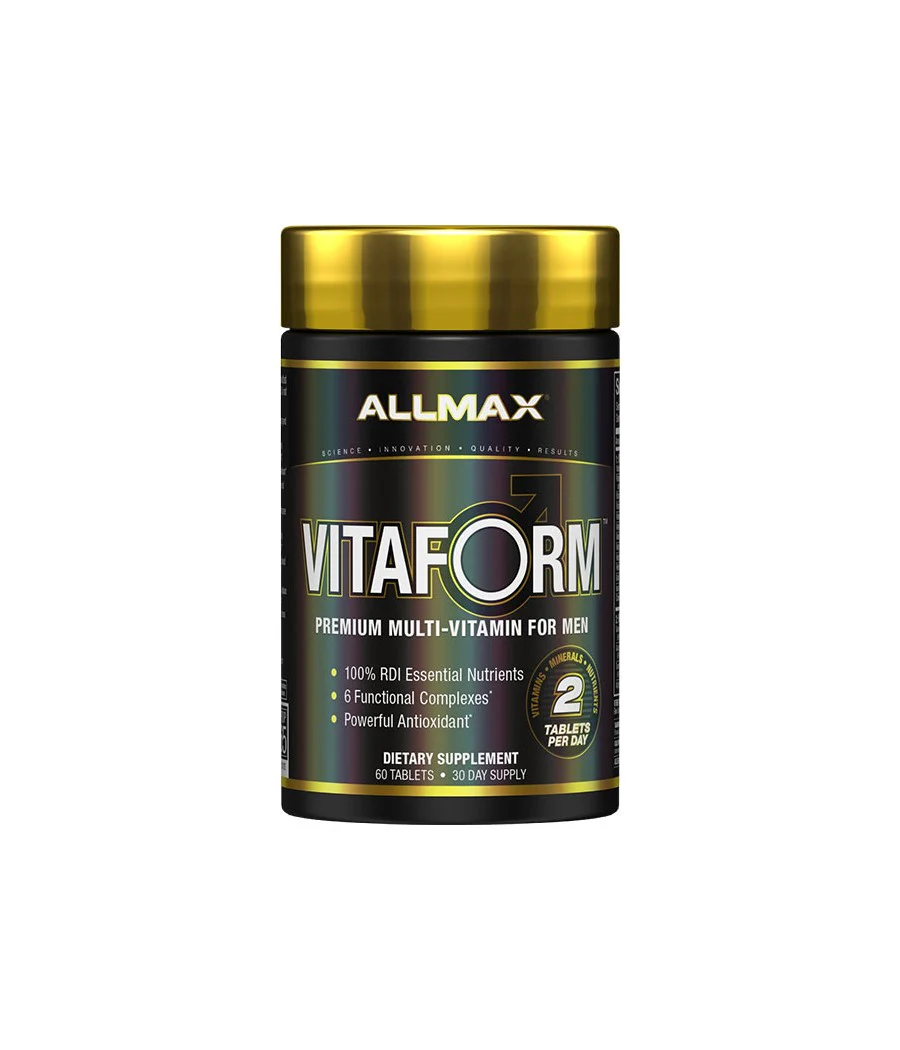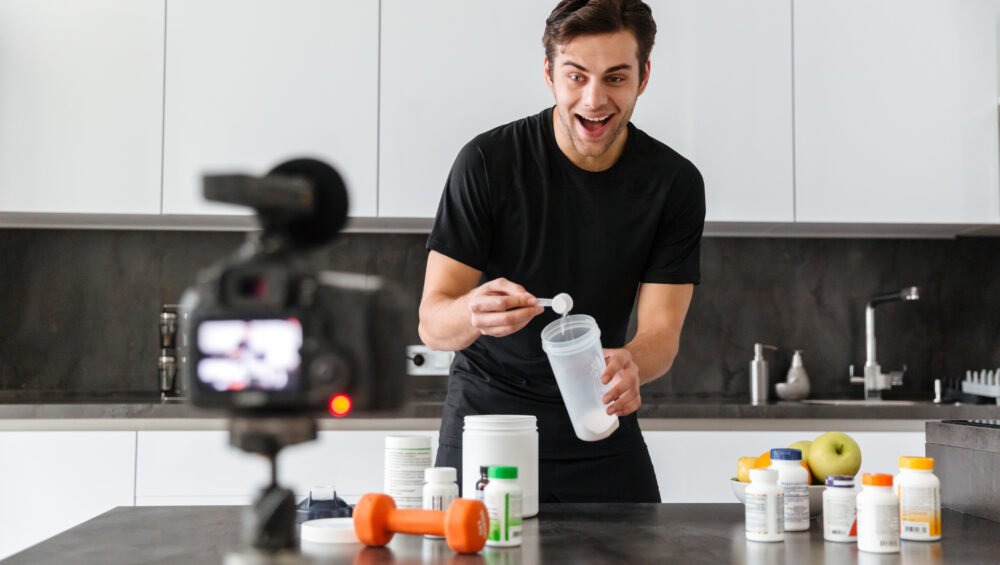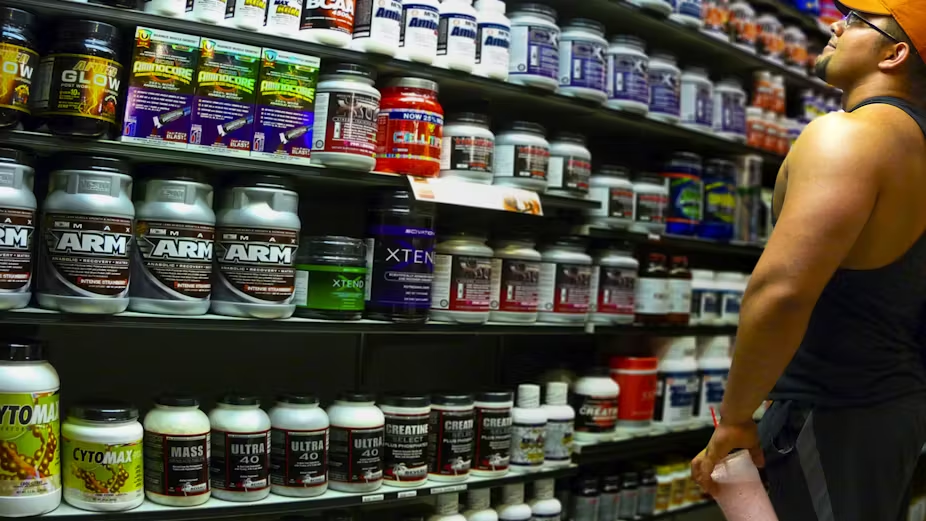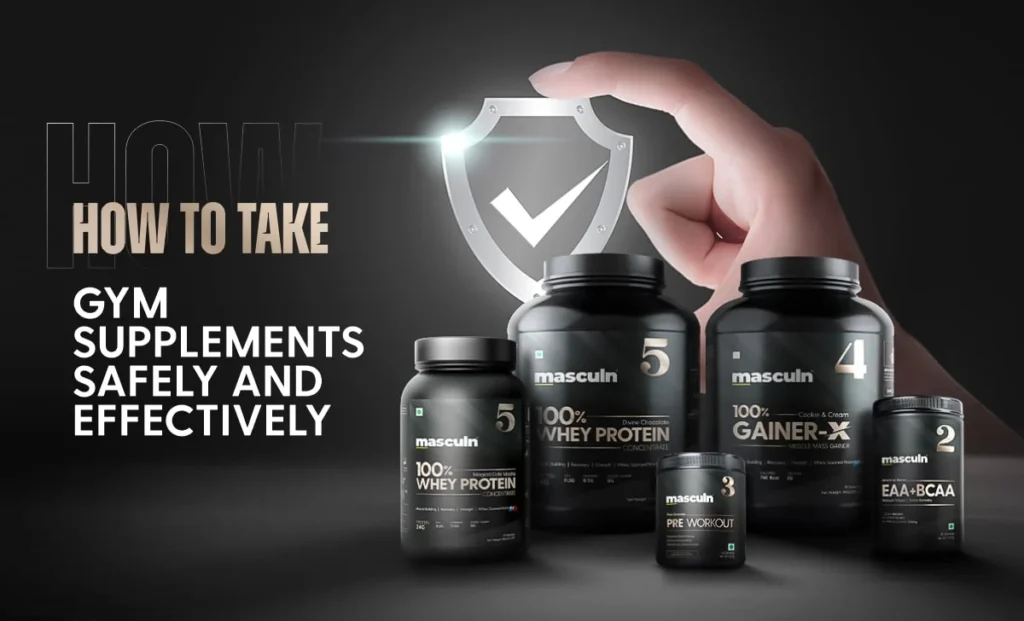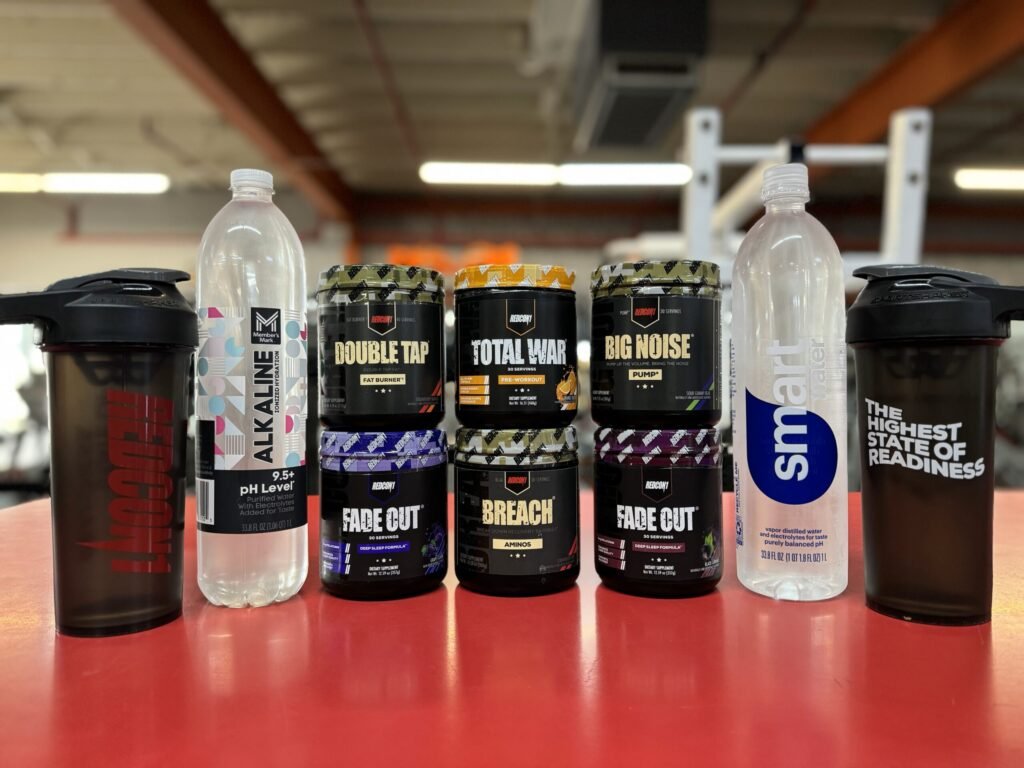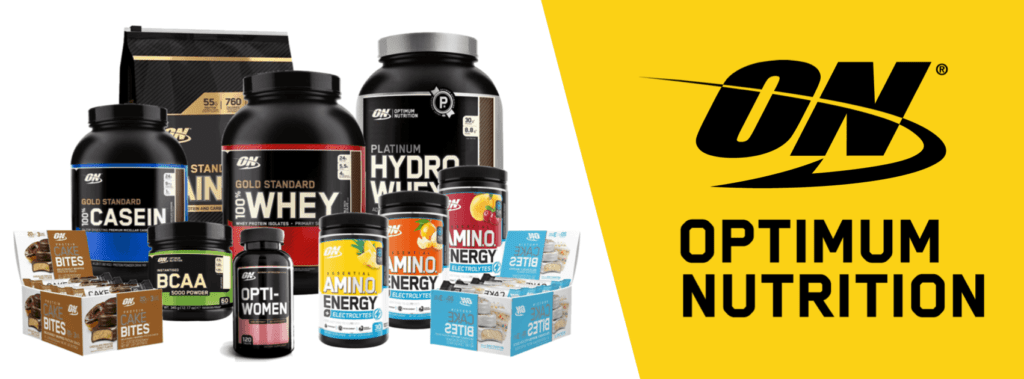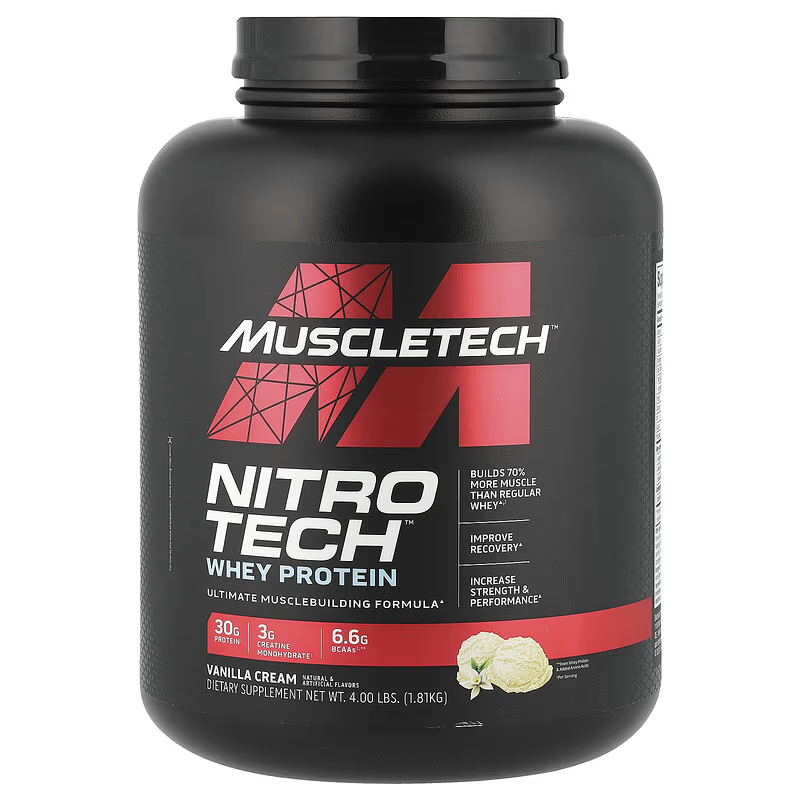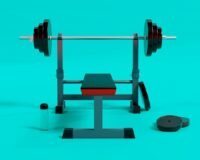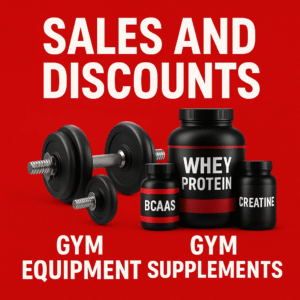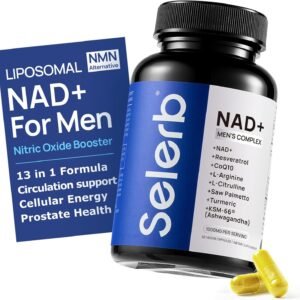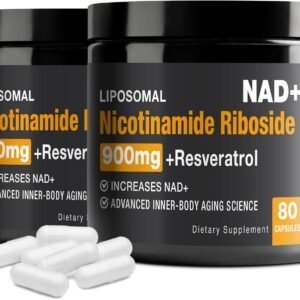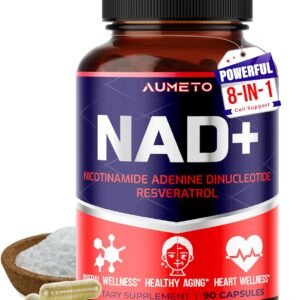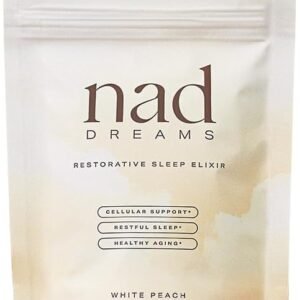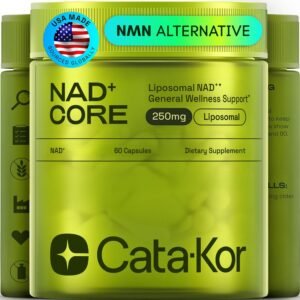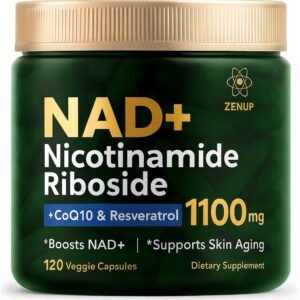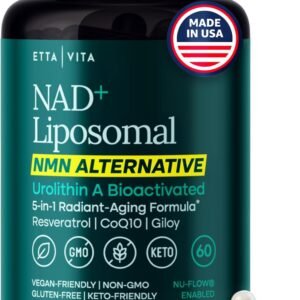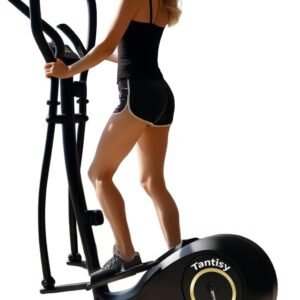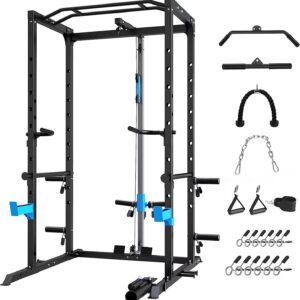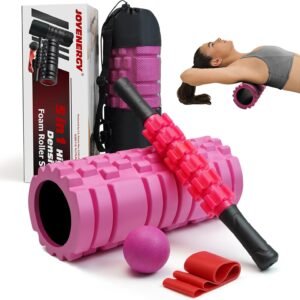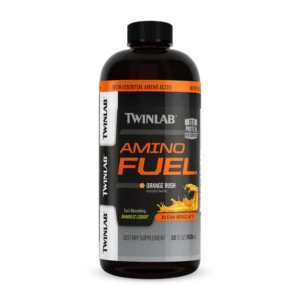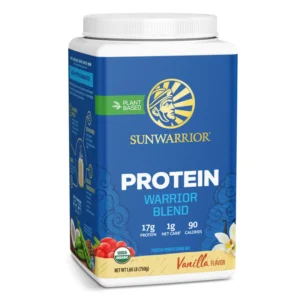What countries in the world you can get the best Amazon deals on supplements
What countries in the world you can get the best Amazon deals on supplements. The question of which country offers the best Amazon deals on supplements is complex, as it depends on factors like product availability, dynamic pricing, local taxes, shipping costs, and a country’s unique regulatory environment. While the United States (Amazon.com) is often the perceived hub for the sheer variety and competitive base pricing, countries within the European Union (EU), such as Germany (Amazon.de) and the United Kingdom (Amazon.co.uk), can offer surprisingly superior deals once all factors are considered. This is often due to the interplay of VAT laws, localized sales, and the structure of Amazon’s European distribution network.
🌎 Amazon’s Global Landscape for Supplements
Amazon operates numerous global marketplaces, and the pricing structure for identical supplements can vary dramatically between them. The most influential marketplaces for supplement purchases are generally:
- 🇺🇸 Amazon US (Amazon.com): The largest and most diverse marketplace.
- 🇩🇪 Amazon Germany (Amazon.de): A key hub for Amazon’s EU operations.
- 🇬🇧 Amazon UK (Amazon.co.uk): The largest marketplace outside of the US and a crucial gateway to European brands.
- 🇨🇦 Amazon Canada (Amazon.ca) and 🇯🇵 Amazon Japan (Amazon.co.jp): Strong regional contenders with unique local product offerings.
The perception that the best deals are found on Amazon.com is often true for the initial item price because the US market has the highest volume and competition, which drives down the base cost. However, a “deal” is the total price paid by the consumer, including all associated fees.
📊 Key Factors Influencing Total Cost
The total cost of a supplement on Amazon is not just the price listed on the product page. Several external and internal factors determine the final price a buyer pays, and these vary by country.
1. Taxes and Tariffs (VAT/Sales Tax)
This is arguably the most significant differentiator between markets.
- United States: Prices are typically listed excluding state and local sales tax, which is added at checkout and varies by state (often 0% to over 10%).
- European Union (e.g., Germany): Prices are listed including the Value-Added Tax (VAT). VAT rates on food supplements vary by country (Standard rate in Germany is 19%), but having it included upfront provides price transparency. Furthermore, within the EU, cross-border selling and the Pan-European FBA (Fulfillment by Amazon) program often allow sellers to ship from the lowest-cost warehouse, sometimes offsetting other price differences.
- International Shipping: When purchasing from a different country (e.g., buying from Amazon US and shipping to Germany), the final price includes Estimated Import Fees Deposit (covering customs duties, taxes, and fees), which can significantly inflate the total. This is why buying locally, even if the base price is higher, often results in a better deal.
2. Shipping and Fulfillment Costs
Shipping fees and the availability of free shipping via Amazon Prime heavily influence the final cost.
- Amazon US: Offers free shipping to US customers on Prime-eligible items, but international shipping can be very expensive, making cross-border purchases for supplements (which are generally low-cost, high-volume items) economically unviable in many cases.
- Amazon EU/UK: Sellers in the EU often benefit from the Pan-European FBA network. This system allows a seller to store products in one country (e.g., Germany) but quickly ship them to another (e.g., France) with competitive domestic shipping rates. This creates a highly competitive environment for regional deals.

3. Currency Exchange Rates
For shoppers buying from a non-local Amazon, the fluctuating exchange rate can make or break a deal. A strong US dollar makes supplements from Amazon.com cheaper for US residents, but a weak Euro or Pound can make US supplements expensive for European buyers, and vice versa. Savvy international buyers often track these rates to time their purchases.
4. Regulation and Compliance
The regulatory environment for supplements differs globally.
- US: The US has relatively looser regulations, leading to a massive variety of brands and products. This competitive volume often drives prices down. However, it also means buyers must be more vigilant about product quality.
- EU/UK: Regulations are stricter (e.g., requiring European Food Safety Authority (EFSA) certification for certain claims), which can limit the number of available products but ensures a higher baseline of quality and compliance. This sometimes means slightly higher initial prices for products that have cleared the compliance hurdles.
Check also: Amazon vs GNC in US
🏆 The Verdict: Where to Find the Best Deals
Identifying the “best” country requires a two-pronged approach:
Nutricost EAA Powder 30 Servings Peach Mango Essential Amino Acids Non GMO
Boost your training, energy, and recovery with Nutricost EAA Powder, a premium blend of all nine essential amino acids (EAAs) your body cannot produce on its own. This formula is designed for athletes, lifters, and active individuals who need fast nutrient replenishment before, during, or after workouts.
The Best for Variety and Lowest Base Price: 🇺🇸 Amazon US (Amazon.com)
For consumers residing in the United States, Amazon.com is almost always the best option.
- Unrivaled Competition: The sheer volume of US and international sellers competing on the platform ensures the lowest possible base item prices for major brands.
- Brand Availability: Many niche, high-potency, or emerging brands are only available on Amazon.com, particularly those popular in the sports and fitness community.
- Prime Deals: US-specific sales events like Prime Day often feature the steepest discounts on supplements globally, especially when combined with ‘Subscribe & Save’ offers.
Conclusion for US Shoppers: Stick to Amazon.com. The costs of international shipping and import duties will negate any marginal base-price savings from other marketplaces.
Check also: how to get coupons on Amazon
The Best for Competitive Total Price (Cross-Border EU): 🇩🇪 Amazon Germany (Amazon.de)
For consumers residing in a European Union country, Amazon.de is often the marketplace that provides the best deals.
- Lowest VAT/Shipping Combination: Germany’s central location and efficient logistics within the EU, combined with the all-inclusive, transparent VAT pricing, often result in a lower total landed cost for intra-EU buyers compared to other regional Amazons.
- Strong Domestic Market: Germany has a highly health-conscious population and a robust domestic supplement industry, leading to strong local competition among German brands.
- Keepa Tracking Advantage: Savvy shoppers use price-tracking tools like Keepa to compare the price history on Amazon.de, Amazon.co.uk, and Amazon.fr/it/es to find the absolute lowest total price, and Amazon.de frequently emerges as the winner for many popular international brands.
Conclusion for EU Shoppers: Compare prices across Amazon.de and Amazon.co.uk (checking for customs duties post-Brexit). Amazon.de offers the most reliable access to competitive pricing and efficient shipping across the mainland EU.

The Best for Local Brands and Sterling Deals: 🇬🇧 Amazon UK (Amazon.co.uk)
For consumers residing in the United Kingdom, Amazon.co.uk is the best choice, especially post-Brexit.
- Strong Local Supplement Industry: The UK has a very mature and competitive supplement market, leading to aggressive pricing on popular homegrown brands.
- Currency Benefit: If the British Pound (£) is weak against the Euro or US Dollar, UK shoppers benefit from cheaper UK-sourced items relative to international competitors.
- Simplicity: Avoiding cross-border duties and complex VAT calculations makes the UK-based total cost the simplest and often most competitive for local shoppers.
💡 How to Maximize Your Supplement Deals
Regardless of your location, employing smart shopping strategies can significantly lower your costs.
1. Utilize Dynamic Price Tracking Tools
Amazon’s dynamic pricing means a product’s cost can change multiple times a day based on inventory, demand, and competitor prices. Use browser extensions like Keepa or camelcamelcamel to:
- View Price History: See the lowest price a supplement has ever sold for.
- Set Price Alerts: Get an email notification when the price drops to your target amount.
2. Master the “Subscribe & Save” Program
This program offers an immediate discount (typically 5% to 15%) for signing up for recurring deliveries. You can easily cancel or modify the subscription after the first delivery, effectively using it as a one-time discount.
3. Stack Coupons and Deals
Always look for:
- Digital Coupons: These are often listed right below the price and can be “clipped” with one click for an additional discount.
- Daily Deals/Lightning Deals: Amazon’s “Deals of the Day” often feature supplements from major brands at temporary, steep discounts.
- Quantity Discounts: Buying two or more items from the same seller will sometimes trigger an additional discount at checkout.
4. Check the “Other Sellers” Section
Don’t buy only from the featured “Buy Box.” Always click the “See All Buying Options” or “Other Sellers on Amazon” link. Sometimes a smaller, reputable third-party seller has the same item for a lower total price (even with a small shipping fee).
Conclusion
The country offering the best Amazon deals on supplements is contextual to the buyer’s location.
- For US residents, Amazon.com offers the best selection and lowest base prices.
- For EU residents, Amazon.de often delivers the lowest total price due to integrated VAT and efficient regional shipping.
Ultimately, the best strategy is to shop on your local Amazon marketplace to avoid import duties and high international shipping costs, and then apply smart shopping tactics—like using price trackers and utilizing Subscribe & Save—to secure the lowest possible price.

❓ Frequently Asked Questions (FAQ)
This section addresses the most common questions regarding buying supplements internationally on Amazon, focusing on hidden costs and safety.
Q1: Is the base price on Amazon US (Amazon.com) always cheaper than on Amazon Europe (Amazon.de / Amazon.co.uk)?
A: Not necessarily, but it is often lower for the item itself.
- Amazon US typically has the lowest base price due to intense competition in the vast American supplement market.
- However, Amazon Europe’s prices are listed inclusive of VAT (Value-Added Tax), which can be up to 19% in Germany. Once you factor in the sales tax added at checkout in the US, the final item price difference narrows significantly. Furthermore, European marketplaces sometimes offer superior local deals on region-specific brands.
Q2: Why does ordering from Amazon US and shipping to Europe (or vice-versa) become so expensive?
A: The high cost is primarily due to two factors: International Shipping and Import Fees Deposit.
- Shipping: International shipping for supplements (which are relatively low-value, high-volume items) can be exorbitant.
- Import Fees Deposit: Amazon automatically collects the Estimated Import Fees Deposit at checkout. This covers the destination country’s customs duties and local VAT. This deposit is unavoidable when shipping cross-border from a non-EU/UK Amazon to an EU/UK country, making the total “landed cost” much higher than buying locally.
Q3: What is the biggest difference between Amazon US and Amazon EU/UK when checking out?
A: Tax inclusion and transparency.
- Amazon US: The price listed on the product page EXCLUDES state sales tax. The tax is added at the final checkout step.
- Amazon EU/UK (e.g., Amazon.de): The price listed on the product page is generally INCLUSIVE of VAT. What you see is almost always what you pay, leading to much clearer price comparisons upfront.
Q4: Which Amazon country is best for a buyer living outside the US and EU (e.g., in Asia or South America)?
A: For buyers outside the major regions, the “best” Amazon is usually the one with the most favorable exchange rate and the most competitive shipping costs to your specific location.
- Amazon US is often preferred for variety and the sheer availability of specialized US-based brands.
- However, if a specific local brand is available on a closer Amazon (like Amazon Japan or Amazon Canada), the shorter shipping distance and lower associated tariffs might make that the superior option. Always compare the total final price, including all shipping and import fees.
Q5: Is it safe to buy any supplement on Amazon just because the deal is good?
A: No. Safety and quality should always override price, especially for supplements.
- Amazon is a marketplace with many third-party sellers, increasing the risk of counterfeit or mislabeled products.
- Safety Tip: Always check if the product is “Sold by” and “Shipped by” the official brand storefront or Amazon directly. Also, look for reputable third-party certifications (like NSF, USP Verified, or GMP) on the product label, which indicates independent testing for quality and purity.
Check also: Black Friday on Amazon – how to do it properly
